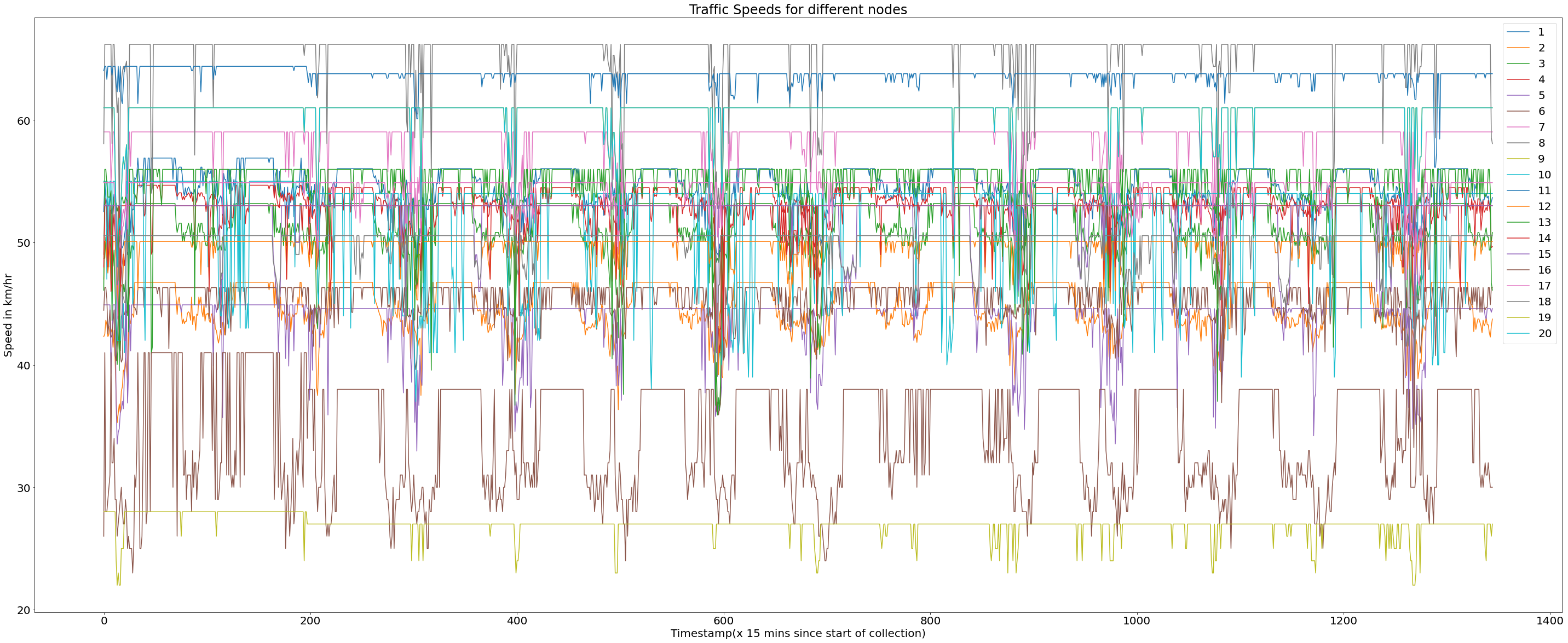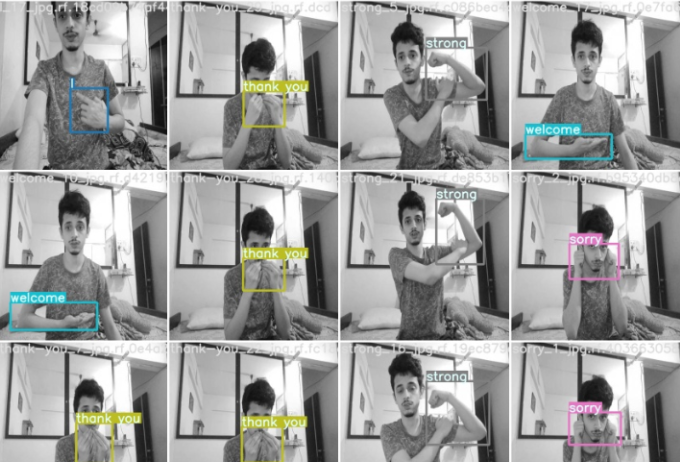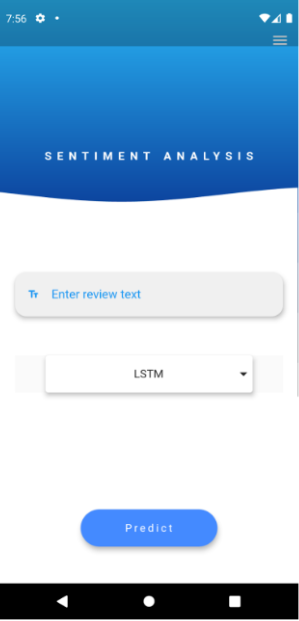Spatiotemporal Forecasting of Traffic Flow Data using GNN (Ongoing)
In recent times, the development of transport infrastructure has had a great boom, however, traffic problems continue to spread due to an increase in the population in urban areas which ultimately increases pressure on transport networks. Thus, we develop a GNN model (SST-GNN currently) which provides forecasts of traffic flow data such as velocity, etc. Additionally, we introduce DIVE dataset created by collecting traffic data over 20 nodes within the Old Panvel, Maharashtra of the Indian Province. The model achieved an RMSE of 1.76, 1.69 and 1.69 on the DIVE dataset at 15, 30 and 45 mins intervals for prediction. 



